TWG Revisited
 Sunday, April 21, 2013 at 7:07PM
Sunday, April 21, 2013 at 7:07PM After almost a year, we returned for a spot of tea at Twining TWG at Pavilion. The place has certainly became more popular compared to the last time we were there, and there was actually a queue to get in - for sure as it was Saturday evening then. luckily we didn't have to wait for too long.
So, off we went onto a table of four. And we waited for almost ten minutes before we were attended to, despite indicating that we wanted to know a bit more about the tea on the menu. Unfortunately, the staff that came around later was a foreign worker who spoke bad English and basic Malay. I couldn't believe it that a restaurant of such caliber had staff who struggled to communicate. And sure enough, he got the order mixed up …..
We were not in the mood to argue and just took up what was offered - and he forgotten that we ordered for two pots as he brought only the one. We were quite surprised that we had enough teacups. Then came the tricky part when the tea was finished in the pot. Apparently the tea was brewed off the pot, so refilling with hot water would not do. So, just remember that there would be no refilling when your pots were done. You need to order another pot.
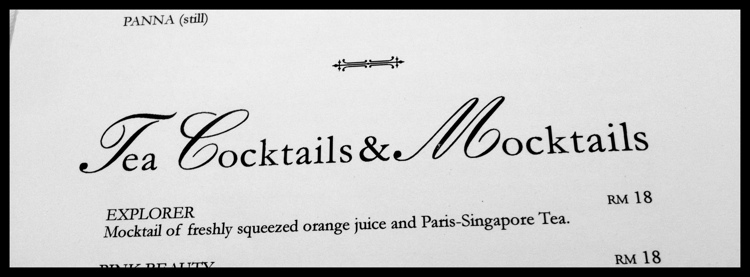
The food was not bad, as we just ordered light dinner. I had wagyu burger, which was well cooked - with a tea infused sauce of some sort. I had some cocktail - lychee with tea - which was a big mistake. It tasted …. disgusting!
So, even though the quality of the food and beverages were still up there, TWG would need to pay more attention to their service. Because after all, not everyone went there solely for the food. They would like to enjoy the ambiance as well ….. suffice to say that the visit did not go as I hoped for.
 Pavilion KL,
Pavilion KL,  TWG Tea Boutique,
TWG Tea Boutique,  Tea,
Tea,  cafe,
cafe,  restaurant,
restaurant,  review in
review in  Diary,
Diary,  Restaurant,
Restaurant,  Review
Review 

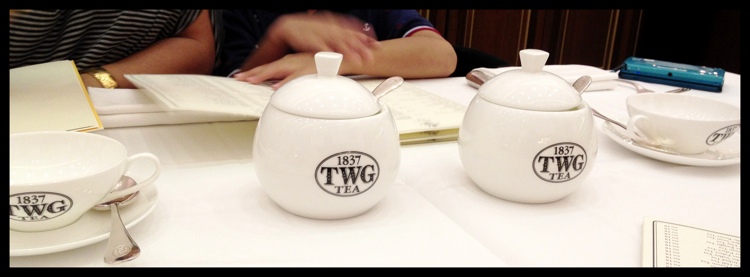
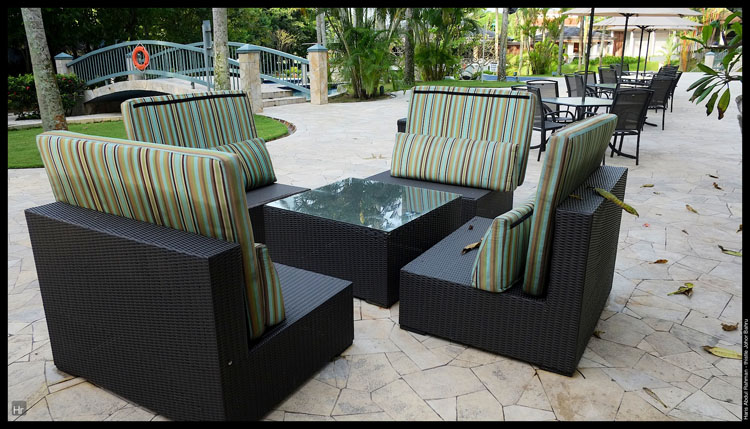

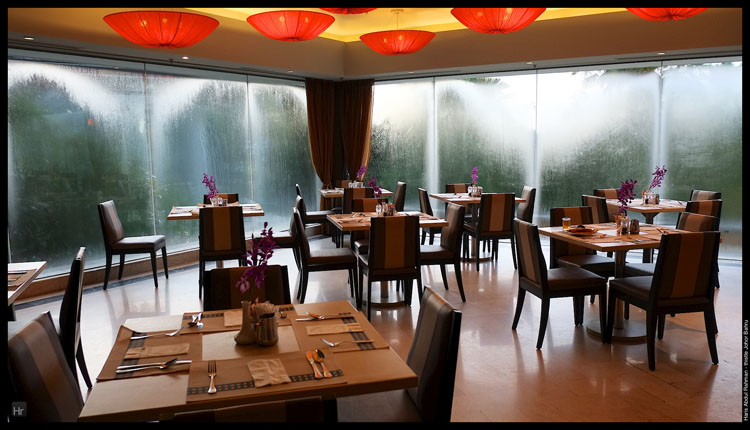

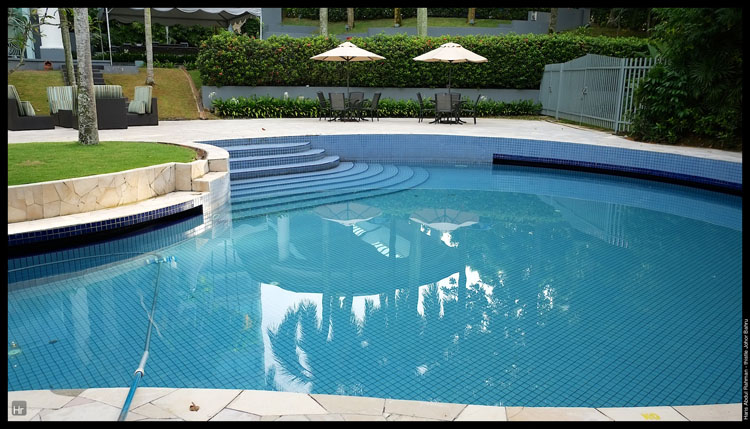
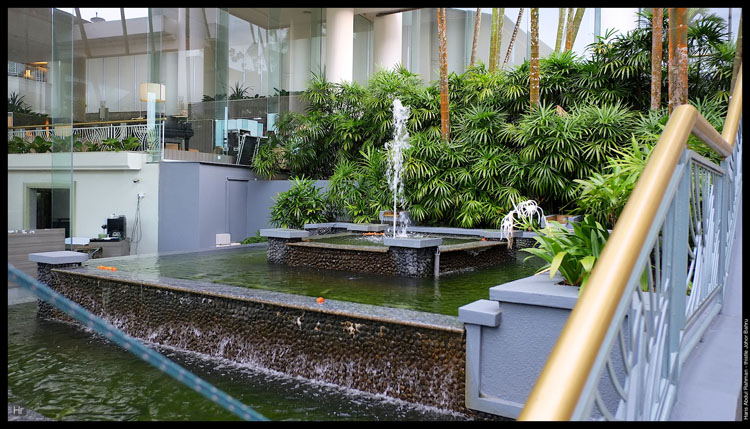

3 Months with the X-pro1
After 3 months with the X-pro1, the camera had definitely grew on me. At the beginning, it was a stunner of a camera in the hand. And as a user of the X100, I was surprised as to how bulky it felt in the hand compared to the svelte-like little sister. The shutter movement was also a surprised, as I was used to the silent X100, which employed a leaf shutter.
Let's talk about three strong points for the X-pro1.
First, the quality of the jpeg. What came out from the sensor was something I was not expecting. Yes, I knew it would be good, but not as good as I thought it was going to be. The lack of low-pass filter, made possible by the X-trans sensor configuration appeared to sharpen the results. The jpeg coming out from the card only needed minor tweaking. I have yet to use the RAW data as I use Aperture for my post work. Apple has yet to release a RAW converter for the camera. I found that using the RAW files with the X100 only added to a headache as the jpeg engine on the cameras were already top notch. Coupled with the amazing prime lens that Fuji released, we had a clear winner as far as sharp images were concerned.
Second, the white balance. As mentioned, one of the reason of using RAW was to get the white balance right. Shooting RAW allowed for more latitude as far as exposure and white balance were concerned. But still, too many choices in post just led to longer time spent processing, which in the end might not add to the quality of the results. With the X-pro1, the white balance, especially the skin tone were very much film-like. This was not surprising since Fuji made their mark as innovators in print films. My old favorites were Reala and Velvia. Natural reasons for me to be drawn to the palette of the jpegs. And the results from the X-pro1 seemed better compared to the X100 as far as white balance were concerned.
Restricting the discussion to three points could never do justice to this beautiful camera. So, for the final section, I would like to discuss about the gamble Fuji took in leasing a new camera system with a propriety mount. Fuji called this the X-mount. And the primes - three of them, the 18mm f2.0, 35mm f1.4 and 60mm f2.4 - available on the day of the launch were of a high quality.
I own both the 18mm and 35mm. Every time I go out, I was torn between the two as to which one I should have attached to the body. Over the years, I have always been drawn to the 50mm focal length. And the 35mm provided that. Add that to the wide aperture, you really get shallow depth-of-field when you snap using this lens. Some time a bit too shallow. Using primes also made you think before you shoot, and often let you feet do the work when composing.
The X-pro1 was not exactly a small investment on my part. But it had been a joy to use, and certainly fulfilled my needs. I wished that it could be smaller, with a slightly smarter focussing mechanism, but you can't have everything. I was sure that some software tweak may improve the focussing. If you were looking for a premium quality compact system camera, the X-pro1 is a good bet.